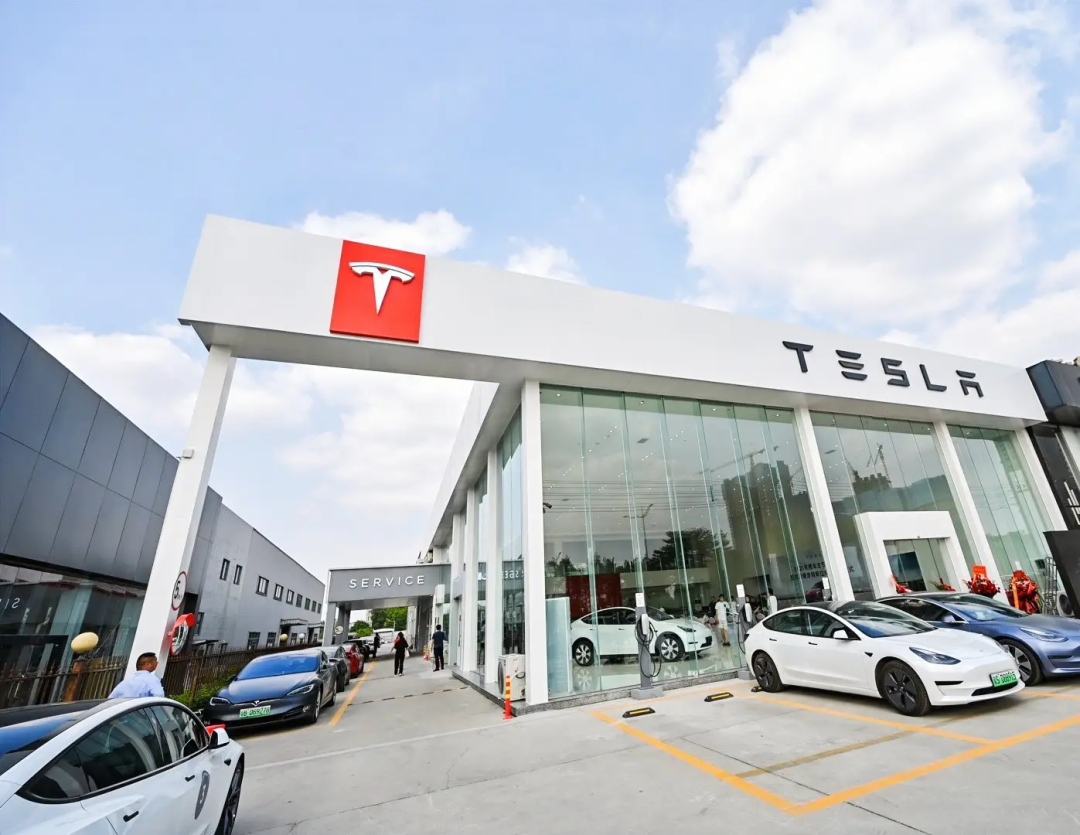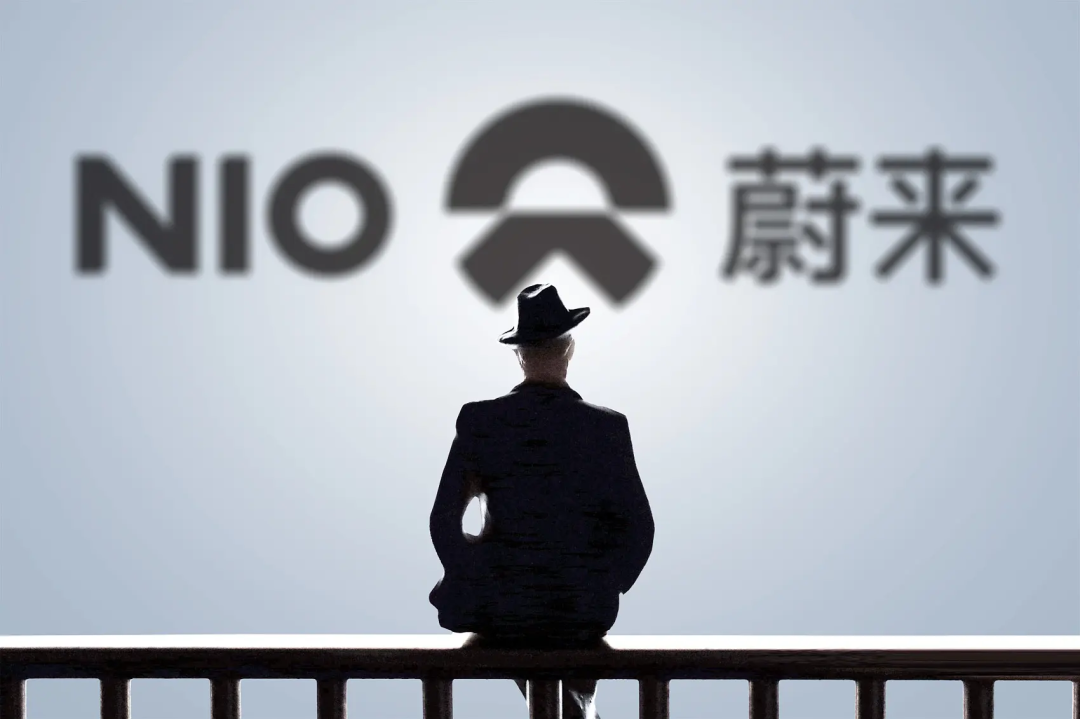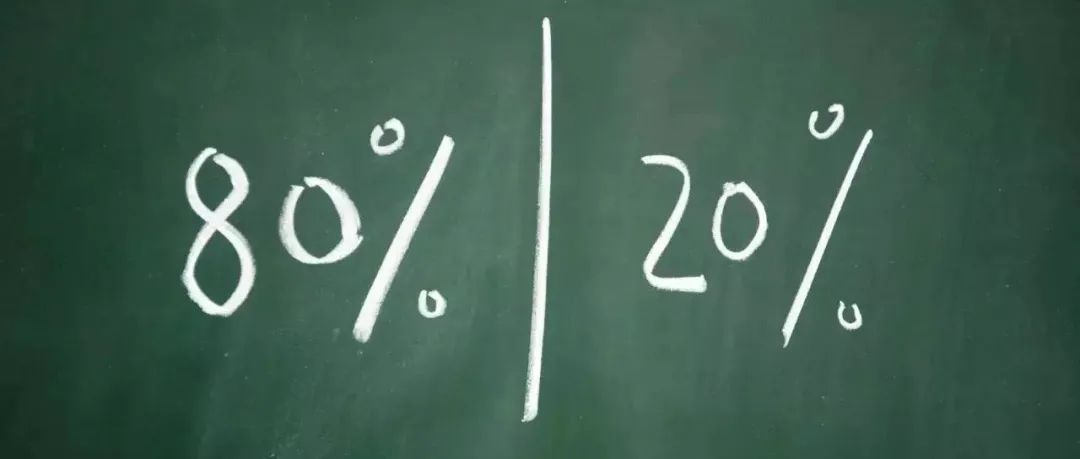Article written by Roomy
Edited by Zhou Changxian
“Golden September,” a term that has not lived up to its name for a long time, has finally “come true” this time.
The sales list for September can be described as a “big change.” Not only did Chinese car brands, after a 12-year hiatus, once again take the top spot in the A-level sedan market sales rankings, with BYD Qin surpassing Dongfeng Nissan Sylphy. Tesla Model Y and BYD Song surpassed traditional veteran SUV models such as Haval H6, Volkswagen Tiguan, and Honda CR-V…
What kind of scene is this?
It is obvious that new energy vehicle models, whether hybrid or pure electric, are rapidly penetrating all segmented markets, and even more glaringly pursuing joint venture brands and traditional luxury brands. The data from the China Passenger Car Association provides direct evidence.

CPA data shows that in September, retail sales of new energy passenger cars reached 611,000 units, an increase of 82.9% year-on-year. 13 car companies with monthly sales exceeding 10,000 units shared 44% of the market share – BYD and Tesla ranked first and second, while Wuling Hongguang, Geely, and GAC Aion followed closely behind, ranking in the top five.
This data also reflects another trend change – the seats of new forces have been disturbed.
The new forces that entered the top ten sales ranking are no longer NIO, XPeng, or Li Auto but are NIO, Ideanomics, and Leapmotor. At the same time, the transformation of traditional automakers has begun to show scale effects, occupying the top ten seats, which has brought new pressures to those who have not built enough solid barriers and belong to the “NIO-XPeng-Li Auto (NYL)” group.

This pressure, in addition to being surpassed in sales, also includes the pains of poor revenue growth and continuous losses. Of course, continuous losses are not unique to new forces. Currently, all new energy brands or traditional car companies’ new energy sectors, except Tesla and BYD, are in long-term losses.
On the one hand, there is high-speed growth in sales, and on the other hand, there is a continuous widening of losses. This is the current situation in the new energy vehicle market, with joy and sorrow mixed.
Who is losing? How much? Where?
At the recent Power Battery Innovation and Development Forum, Guangzhou Automobile Group Chairman Zeng Qinghong couldn’t help but openly complain, “Currently, the cost of power batteries accounts for 60% of the total cost of cars. Aren’t we working for CATL now?” In the past three years, GAC Aion has cumulatively lost over 3.7 billion yuan.The complaint is not unique to GAC, as other automakers have expressed that the rising price of power batteries has led to a decline in profits and increased losses, from 40% to 50%, and even up to 60% of total costs.
BAIC BluePark, which saw a net loss of 1.8 billion to 2.2 billion yuan in the first half of the year, said when announcing its losses that “chip shortages and rising prices of raw materials such as batteries have had a significant impact on the company’s performance.” The first target of this criticism is also power batteries.
Battery companies have always been regarded as the most influential part of the new energy industry chain, even affecting vehicle pricing levels.
Li Xiang, CEO of NIO, previously tweeted that “the increase in battery costs in the second quarter is outrageously high.” He also said that new energy vehicle brands that determined the increase in battery prices in the second quarter immediately announced a price increase.
In addition, BYD, which can be self-sufficient in batteries, is the only Chinese new energy host factory that has achieved profitability, further solidifying the crime of power batteries.
However, faced with the complaints of automobile manufacturers, Ningde Times, the battery king, said, “I am very aggrieved.” Wu Kai, Chief Scientist of Ningde Times, also explained at the Power Battery Conference with words like “very painful” and “struggling.”
“Sometimes we also encounter customer complaints, saying that the automobile manufacturers are not making much money, and that the battery factory is taking all the profits. Although our company has not lost money this year, we are basically struggling at the edge of profitability, which is very painful.”
Not only Ningde Times, but also Guoxuan High-tech’s net profit in the first quarter of this year was down 30% compared to the same period last year, while Xinwangda’s net profit in the first quarter was down 26%, reaching only 94.92 million yuan. Insiders said in frustration, “The power battery industry is booming, but battery manufacturers are not making a good profit.”
Everyone feels aggrieved. New energy vehicle companies continue to lose money, while power battery companies struggle to make a profit. So who is making all the money?
The answer is actually not difficult to guess at all, it is the lithium industry and other companies behind the “rising prices of raw materials.” Since last year, prices of battery raw materials such as lithium, cobalt, nickel, and others have skyrocketed, with the most outrageous being lithium carbonate, which has soared from over 50,000 yuan per ton to nearly 5 million yuan per ton.
In the new energy industry chain, unlike the era of petrol cars, the closer you get to the source of materials, the more profitable it is.In this industry chain, there is also a distinction between upstream, midstream, and downstream. Upstream suppliers of raw materials are represented by Tianqi Lithium and Ganfeng Lithium; midstream companies include CATL and Guoxuan High-Tech; all automakers have become downstream players.
Compared with the era of gasoline cars, there is a clear difference in the position of automakers in the industrial chain.
From the perspective of profitability, lithium mines have a high gross margin. Earlier, an insider from Ganfeng Lithium commented, “When I saw the financial report of Tianqi Lithium, which saw a profit growth of up to 30 times, someone shared the firepower.” In the first three quarters, Ganfeng Lithium is expected to achieve a net profit of 14.3 billion to 15.3 billion yuan, and Tianqi Lithium is expected to achieve a net profit of 15.2 billion to 16.9 billion yuan.
Together, they have profited handsomely, and the lithium salt industry’s performance has delighted investors. This also helps us understand the “unfairness” of CATL. They didn’t make the most money but bore the most risks. In contrast, automakers and battery manufacturers either expanded their losses or struggled on the edge of profitability.
Each has its own problems.
“The power battery industry has achieved a significant reduction in unit price through technological upgrades and various optimizations, but all efforts of the past few years have been in vain due to the rise in raw material prices,” said Chen Shihua, Deputy Secretary-General of CAAM. Chen called on raw material companies to control prices rationally.
After all, with high profits upstream and weak gains downstream, the industry will never form a virtuous cycle.
Is 500,000 units the profitability threshold?
Why can Tesla and BYD achieve profitability despite the soaring prices of raw materials? Actually, the paths to profitability of Tesla and BYD are not the same. There is still a big gap between BYD and Tesla in terms of profitability.
Let’s look at their financial reports.
BYD achieved a net profit of between 2.8 and 3.6 billion yuan in the first half of the year, while Tesla achieved a net profit of 5.578 billion USD, a difference of about 10 times. However, in terms of sales volume, BYD achieved better results, selling 641,000 units in the first half of the year, exceeding Tesla’s 564,000 units.
In Tesla’s financial report, it was found that gross profit was not affected by the rising price of raw materials. There are mainly two reasons for this.
One is the cost reduction brought by economies of scale, and the other is the improvement of production efficiency by integrated die casting technology. Taken together, not only has the bargaining power been enhanced, but the impact of rising raw material prices has also been partially offset.Actually, looking at Tesla’s path of continuous losses for 15 years and only achieving profitability in the 16th year, in addition to “selling carbon” to make money, the growth in Tesla’s sales volume is also an important factor in terminating losses and achieving profitability. Starting from the mass delivery of the Model 3 in 2020, Tesla’s gross profit margin began to rise sharply.
The reason behind BYD’s breakthrough in reaching its balance point is relatively clear: on the one hand, it is self-sufficient core component supply, and on the other hand, its comprehensive strategy for new energy is blooming, with a pattern of pure electric and hybrid driving pushing sales to scale.
SAIC-GM-Wuling, ranked third in the September sales list, was previously asked whether the Hongguang MINI EV priced as low as 30,000 yuan was losing money. “Because we have reached the million-scale and released the dividends of the industry, we are actually not losing money now, but other companies may be losing money. A million means that we have established an industrial chain. For other companies, if they come to do it, the cost will be higher than ours, which means they will be losing money,” said Zhang Dawei, planning and product director of SAIC-GM-Wuling. This is his judgment.
Scalability is a hard indicator for achieving profitability.
Looking at the breakthrough points for Tesla and BYD to achieve profitability, the sales volume threshold for economies of scale is probably around 500,000 vehicles, because in addition to the increase in power battery costs due to rising raw material prices, automakers also need to spread large R&D, manufacturing, and operational costs. The more obvious the cost control is, the stronger the profitability will be.
At present, the main problem for many automakers is that, under the huge R&D and operational costs, the production and sales volume is insufficient, and the costs cannot be effectively shared and diluted.
R&D is a huge investment that cannot be stopped. However, if investment is not made in R&D, the technological discourse will be controlled by others and they will be neck-and-neck, which will be even more unprofitable.
This is destined to be a long-term strategic loss, with countless examples in other industries.
There is a case shared by a respondent on Zhihu. In 2007, after JD.com received its first round of financing of 10 million U.S. dollars, it decided to build its own logistics system. Due to the large investment and slow effectiveness, JD.com continued to make money and burn through money on the road of continuous financing and business expansion. When the logistics system was built, JD.com had been continuously losing money for 12 years.
Similarly, Aliyun, which was started building in 2009, began to achieve profitability only after 12 years of continuous losses. Alibaba’s founder once said that he would invest at least 1 billion yuan in Aliyun every year for at least 10 years, and that investment is long-term.
From the financial performance of new forces, it can also be seen that cost control is a difficult problem, and the rise in R&D expenses along with sales, administrative, and other expenses has led to a further widening of losses. Therefore, how to make long-term investments is also testing the system’s ability.
In addition, the sales data for September also reflects a clear trend.


New energy vehicle models of traditional auto groups have disrupted the monopolies of joint ventures in the segmented market and have embarked on the expansion of economies of scale. This is good news for the industry, but it is a warning signal for startups like Weltmeister who have not yet built strong market barriers.
New forces are well aware that achieving break-even and profit through economies of scale is a necessary process. However, compared with the mature scale bases of production, manufacturing, and channels accumulated by traditional automakers in the era of fuel vehicles, the scale expansion of new carmakers is much more difficult, and traditional automakers have the R&D cost for supporting new energy through fuel vehicle segments.
Currently, GAC Aion and Ganfeng Lithium have reached a strategic cooperation to establish a battery company led by Aion, attempting to achieve independently controllable power battery supply. Traditional automakers who also follow the trend of “next building battery” are not few.
As September sales data was released, new energy patterns have clearly changed. Therefore, the saying that “once economies of scale are formed, the transformation of traditional automakers will surpass the new forces and still be the industry leader” which was considered to be a resurgence of traditional automakers a few years ago has begun to show a different answer.

Previously, someone calculated the cost for Weltmeister based on the financial statement. For each car, XPeng loses RMB 78,700 yuan, Idean loses RMB 22,300 yuan, and Nio loses RMB 102,000 yuan. Selling more results in more losses, which puzzles people in traditional automakers: “An electric car with a price of more than 300,000 yuan can achieve profitability by selling about 4,000 units per month under our system.”
However, the development path of new forces cannot be determined by the mature system of traditional automakers but can only be referred to by the development of Tesla. Currently, there is still a long way to go before reaching the scale of 500,000 units of annual sales to achieve profitability as Tesla did.
What worries the capital market is that if sales cannot be quickly increased, the loss status of new forces will be difficult to reverse. However, what worries new forces the most is the ironic phenomenon that “the introduction of new products has not brought optimistic market expectations.”
Every car model is crucial because with the accelerated transformation of traditional automakers, the window of opportunity will become narrower, and the competition will become more intense. Some companies will definitely be eliminated.
No one wants it to be themselves.
This article is a translation by ChatGPT of a Chinese report from 42HOW. If you have any questions about it, please email bd@42how.com.
